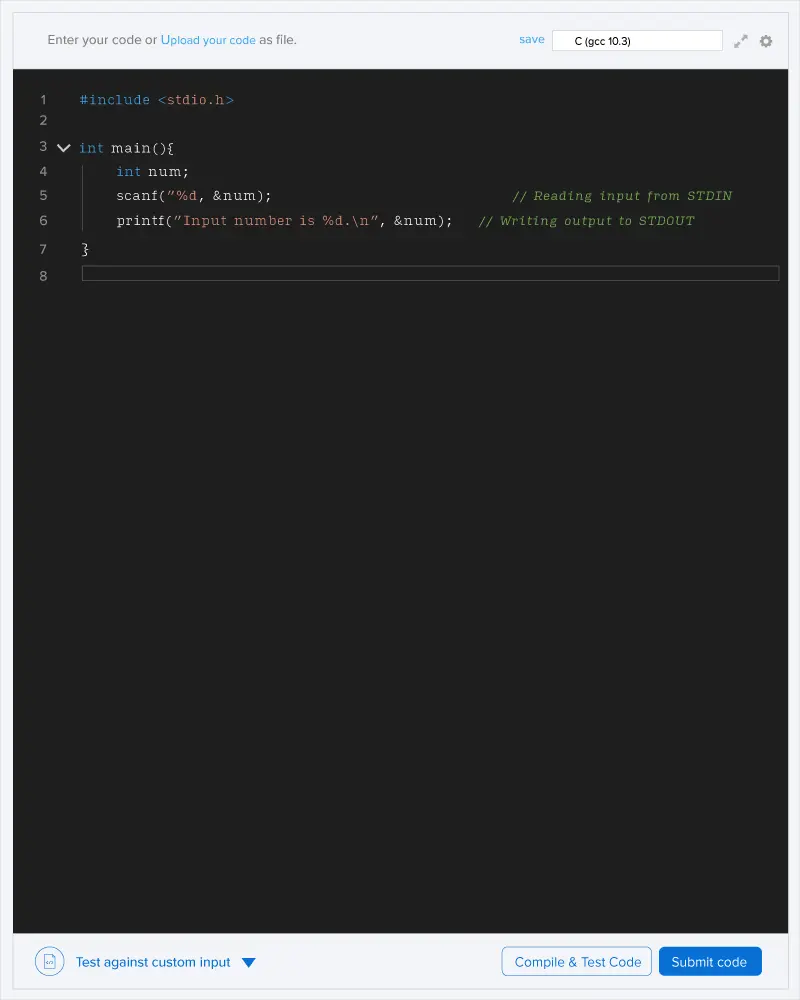In the Splitwise app, people form groups and add the expenses of members of the group. This is especially useful for vacations, where people traveling in a group can maintain an account of their expenses and who paid the bills.
All people in the group are assigned distinct IDs between 1 and N, where N is the size of the group.
In addition to keeping a record of the expenditure, Splitwise also calculates the list of shortest-path transfers (defined later) that will settle up all dues.
Each transaction has the following parameters:-
- transaction_id - It is a string representing the unique ID by which the transaction is identified.
- paid_by - It is a list of lists, where each element of the list is another list having the form [x, y]. Here, x and y denote that person having ID x paid Rs. y.
- split_as - It is a list of lists, where each element of the list is another list having the form [x, y]. Here, x and y denote that after all dues are settled, a person having ID x will ultimately contribute Rs. y to the transaction.
For any given transaction, the following condition holds true:-
Total_amount_paid=Sum_of_all_splits
In other words, the sum total of all amounts in list paid_by equals the sum total of all amounts in list split_as.
Following is the example of a transaction in a group of size N=64:-
- transaction_id : "#f1230"
- paid_by : [ [1, 30], [4, 100], [63, 320] ]
- split_as : [ [1, 120], [2, 20], [3, 40], [4, 40], [37, 100], [51, 40], [53, 90] ]
Shortest-Path Transfers: Shortest-path transfers lead to a reduction in the number of transfers.
Specifically, for a group having multiple transactions, the shortest-path transfers will be a list of payments to be made such that:-
- Each payment can be represented by a list of the following form:- [payer_id, payee_id, amount]. There is only 1 payer, and 1 payee in each payment, which are distinct from each other. So, payer_id≠payee_id, for any payment.
- Each person (out of the N people) can only either be the payer (in all payments involving him), or the payee, but not both.
- The total amount of money that each person should receive/spend, must be equal to the total amount he would receive/spend according to the given list of transactions.
Clearly, there can be several shortest-path transfers for a particular list of transactions.
Specifically, the lexicographically smallest shortest path has the following:-
- Arrange people who have borrowed money in ascending order of their IDs. Do the same for people who have lent money.
- Now, construct payments so that the least borrower ID has to pay the least lender ID. Continue this process, till all debts have been settled.
Task
Given N members in a group, and lists representing the transactions(expenses), print the payments involved in the lexicographically smallest shortest-path transfers for the group.
Example
Input:
- N = 4
- 5 transactions, that can be represented as follows:-
- transaction_id = "#a1234", paid_by = [ [1, 60] ], split_as = [ [2, 60] ].
- transaction_id = "#a2142", paid_by = [ [2, 40] ], split_as = [ [3, 40] ].
- transaction_id = "#b3310", paid_by = [ [3, 30] ], split_as = [ [4, 30] ].
- transaction_id = "#b2211", paid_by = [ [4, 30] ], split_as = [ [3, 30] ].
- transaction_id = "#f1210", paid_by = [ [3, 20] ], split_as = [ [1, 20] ].
Output:
- 2 payments (of the form [payer_id, payee_id, amount]) are to be made, represented by the list:-
- [ [1, 2, 20], [1, 3, 20] ]
Approach:
- The given list of payments satisfies all three necessary conditions. Hence, it is a Shortest-Path Transfer.
Function description
Complete the function solve provided in the editor. This function takes the following 2 parameters and returns the required answer:
- N: An integer, representing the number of people in the group.
- transaction_list: A list (vector) of transactions. Each transaction is a dictionary, having keys “transaction_id”, “paid_by” and “split_as”. (The contents of each transaction are explained above)
Input format
Note: This is the input format that you must use to provide custom input (available above the Compile and Test button).
- The first line contains two space-separated integers N and M, the number of people in the group, and the number of transactions recorded.
- The next lines describe the M transactions as follows:-
- Each new transaction begins from a new line.
- The first line of each transaction contains a string, representing the transaction_id of the transaction.
- The 2nd line of each transaction contains 2 space-separated integers n_payers and n_splits.
n_payers denotes the number of people in the paid_by list. n_splits denotes the number of people in the split_as list. - The next n_payers lines contain two space-separated integers, the payer and the amount paid.
- The next n_splits lines contain two space-separated integers, the borrower and the amount borrowed.
Output format
Print the answer in the given format.
- In the first line, print a single integer K, denoting the number of payments involved in the Shortest Path Transfer.
- The next K lines should represent the K payments. Each payment should be printed in a single line as 3 space-separated integers payer_id, payee_id, and amount. Here, payer_id is the ID of the person who needs to pay the amount of money to the person with ID payee_id.
Constraints
- 2≤N≤2∗105
- 1≤M≤5000
- 1≤len(transaction[i][paid_by])+len(transaction[i][split_as])≤50
- 1≤total_money_exchanged_in_each_transaction≤107
6 5 #itsmylife 2 3 1 25 3 15 4 10 5 25 6 5 #itsnow 1 4 4 100 1 25 2 25 3 25 4 25 #ornever 2 2 5 30 3 10 1 25 4 15 #iaintgonna 1 3 2 150 1 50 2 50 3 50 #liveforever 2 2 5 13 6 25 4 25 1 13
-

